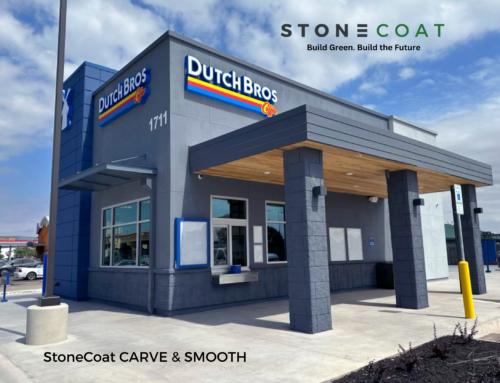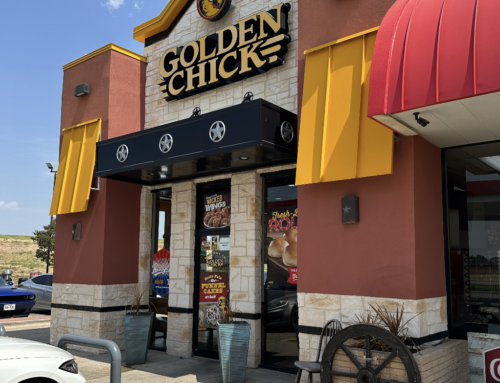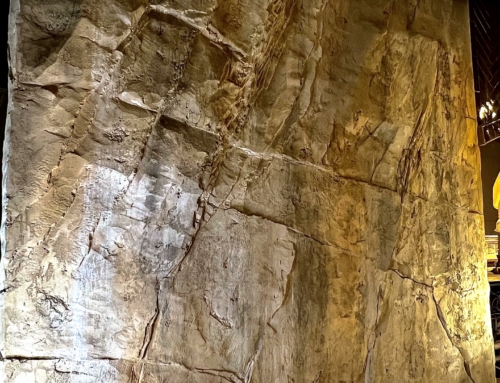The world of exterior cladding offers a myriad of options to architects, builders, and homeowners alike. Among the popular choices are limestone stucco, Portland-based stucco, and EIFS (Exterior Insulation and Finish Systems).
Each of these cladding materials has its own unique set of characteristics, benefits, and drawbacks. In this blog, we’ll delve into the secrets of limestone stucco and help you determine if it’s a good fit for your next construction project.
Limestone Stucco: The Timeless Classic
Limestone stucco is a traditional building material that has been used for centuries, particularly in Europe. It is made by combining limestone powder with a hydraulic lime binder, resulting in a breathable and durable finish. Here are some key advantages of limestone stucco:
- Aesthetic appeal: Limestone stucco offers a timeless, natural appearance that enhances the beauty of various architectural styles. Its unique texture and color palette can create a classic, elegant look that is difficult to replicate with other cladding materials.
- Breathability: Limestone stucco is a highly breathable material, allowing vapor to pass through it while repelling water. This helps maintain a healthy indoor environment, prevents moisture-related issues such as mold and mildew, and reduces the risk of damage to the building substrate.
- Durability: Limestone stucco is known for its durability and long-lasting performance. When properly applied and maintained, it can withstand harsh weather conditions and resist damage from UV rays, rain, and freeze-thaw cycles. Its natural composition also makes it less prone to cracking compared to other stucco materials.
- Eco-friendliness: Limestone stucco is an environmentally friendly building material. It is made from natural, abundant resources and requires less energy to produce compared to synthetic stucco materials. Additionally, its breathability and moisture-regulating properties contribute to energy efficiency and a healthier indoor environment.
- Compatibility with historic preservation: Limestone stucco is an ideal choice for restoration projects due to its authenticity and traditional appearance. It can seamlessly blend with original building materials and maintain the historical integrity of structures, making it a preferred choice for preserving and restoring heritage buildings.
Exploring Portland cement-based Stucco
Portland-based stucco is a popular exterior cladding material made from a mixture of Portland cement, sand, and water. Its composition creates a versatile and durable finish that can be customized with various textures and colors to suite a wide range of architectural styles. Some advantages of cement-based stucco:
- Versatility: Portland-based stucco is a highly versatile material that can be applied to various surfaces and architectural styles. It can be customized with different textures and colors (with paint) to achieve a unique look that complements the design of the building
- Durability: When properly applied and maintained, Portland-based stucco is a durable material and its ability to resist damage contributes to its longevity as an exterior cladding option.
- Cost-effectiveness: Portland-based stucco is generally more affordable than some other exterior cladding materials, such as brick or natural stone. Its relatively low cost and ease of application make it an attractive option for budget-conscious projects.
Portland-based Stucco: Revealing Three Potential Drawbacks
- Cracking: Portland-based stucco is prone to cracking over time due to its rigid nature. Cracks can occur due to building movement, temperature changes, or improper installation. Cracked stucco may require costly repairs or replacement, and it can also lead to water intrusion and damage to the building structure.
- Moisture management: Portland-based stucco is less breathable than some other cladding materials, such as lime-based stucco. This reduced breathability can lead to trapped moisture within the walls, potentially causing mold, mildew, and damage to the building.
- Environmental impact: The production of Portland cement, a key component of Portland-based stucco, is associated with significant CO2 emissions, contributing to climate change. Additionally, the manufacturing process consumes a considerable amount of energy, making Portland-based stucco less eco-friendly.
Guide to EIFS: Exterior Insulation and Finish Systems
EIFS, or Exterior Insulation and Finish System, is a multi-layered exterior cladding system that consists of insulation, a water-resistant base coat, and a textured finish coat. Combining energy efficiency with design versatility, EIFS is a popular choice for both residential and commercial applications. Here are a few benefits of EIFS cladding systems:
- Energy Efficiency: EIFS provides excellent insulation, reducing heat transfer through walls and contributing to a building’s overall energy efficiency. This can result in lower heating and cooling costs and improved indoor comfort for occupants.
- Design Versatility: EIFS offers a wide range of design possibilities, as it can be crafted to mimic various textures and finishes such as brick, stone, or stucco. This flexibility allows architects and designers to create visually striking facades that suit a variety of architectural styles.
- Lightweight and Easy to Install: Compared to traditional cladding materials, EIFS is relatively lightweight, which can reduce the load on a building’s structure. Additionally, its installation process is relatively simple, often requiring less labor and time than other exterior cladding options.
EIFS: Three Potential Pitfalls:
- Moisture Vulnerability: EIFS can be susceptible to moisture infiltration if not properly installed and maintained. Water that penetrates the system can cause damage to the underlying structure, leading to issues such as mold, mildew, and even structural deterioration.
- Durability Concerns: Although EIFS is designed to be impact-resistant, it may be more susceptible to damage from physical impacts or abrasion compared to some other cladding materials, like brick or stone. This can result in the need for more frequent repairs or maintenance.
- Perceived Quality: Due to past issues with improper installation and water infiltration, EIFS has faced some negative perceptions regarding its quality and durability. While modern EIFS systems have made significant improvements, these lingering perceptions may still cause hesitation among some potential users or affect property resale value.
Limestone-based Stucco is a Viable Alternative that is Eco-Friendly, Versatile, and is a Breathable Material
Ultimately, the choice between limestone stucco and other available stucco products depends on your specific project requirements, budget, and aesthetic preferences. Limestone stucco is ideal for those seeking a traditional, breathable, and environmentally friendly options.
Take the time to carefully consider the unique characteristics and benefits of available cladding materials to determine the most suitable options for your project. Whichever option you choose, ensure that proper installation techniques are followed to guarantee a durable and long-lasting exterior finish.
StoneCoat offers two unique limestone-based exterior claddings. StoneCoat SMOOTH is made with natural limestone and finished to give you the timeless look of stucco. StoneCoat CARVE is finished to give the elegant look of stone or brick. Both products have been tested to meet ASTM standards in an accredited laboratory, and EPD-verified to reduce carbon emissions by as much as 90% compared to cement-based stucco and manufactured stone products.
Contact StoneCoat if you have questions or interest in using Limestone-based stucco on your next project.




